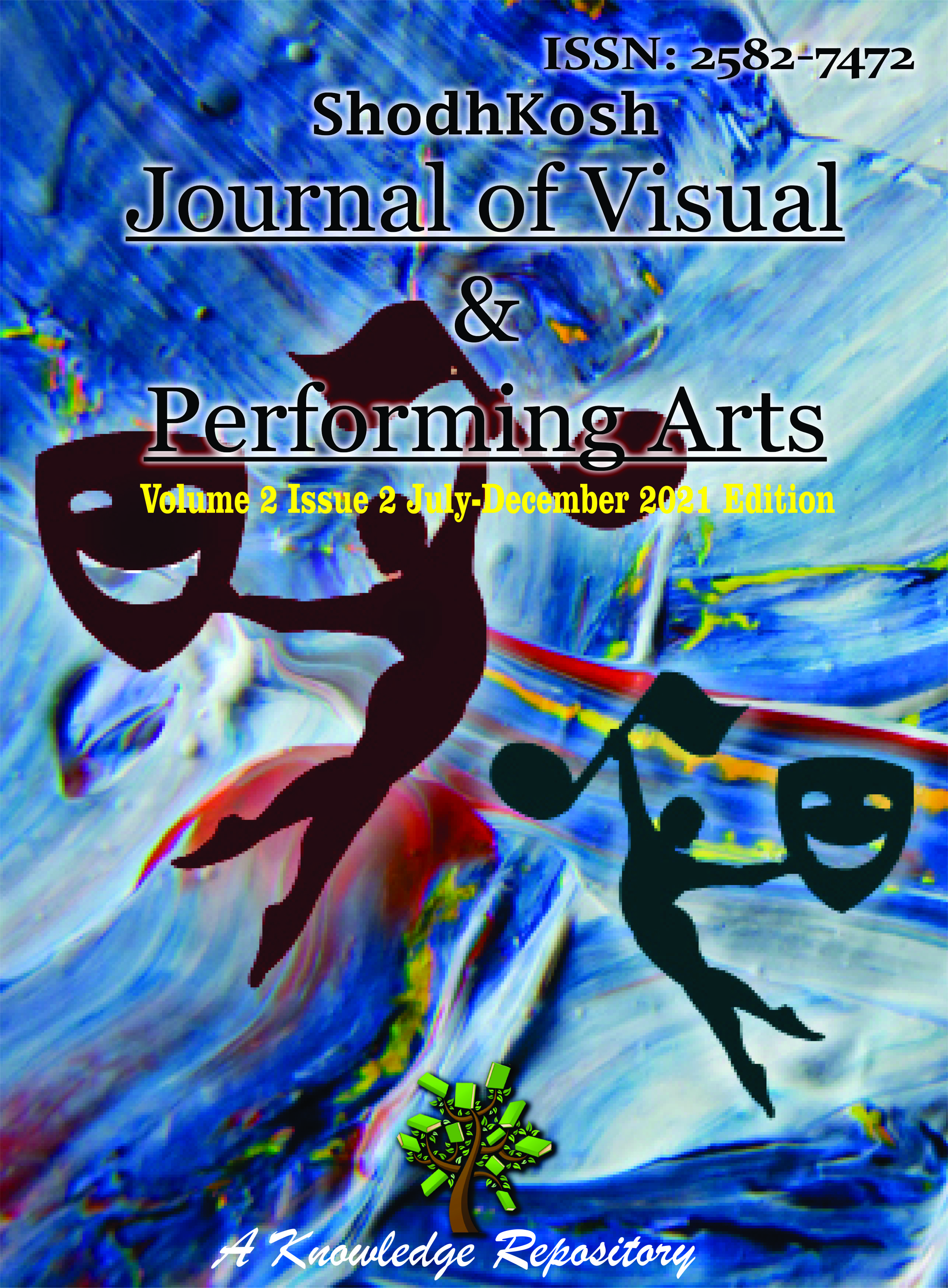CONTENT ANALYSIS OF SOCIAL MEDIA IN SPORTS
खेलों में सोशल मीडिया की विषय-वस्तु का विश्लेषण
DOI:
https://doi.org/10.29121/shodhkosh.v2.i2.2021.5111Keywords:
Social Media Marketing, SportsAbstract [English]
Social media has become an integral part of our daily lives globally today and the world of sports is no exception. Modern information technology has revolutionized the sports industry. Various websites and mobile applications such as Facebook, YouTube, Instagram, Twitter, LinkedIn, Pinterest, Snapchat, and Google+ have been particularly helpful in sharing information and statistics related to sports. College and professional sports marketing teams have long been harnessing the power of visual media to bring events on the field to the small screen, thereby inspiring fans, attracting more spectators to games, and increasing crowd enthusiasm which ultimately motivates players on the field.
Therefore, the aim of the present paper is to provide a brief description of various popular social media platforms and identify in which topics/areas social media is marketing sports. Keeping in mind the nature of the study, literature related to websites and social media itself has been collected. Based on various reports and surveys, it can be concluded that the content of social media marketing in sports includes sharing training details of players, building pre-game excitement, highlighting a star/special player, creating visual review of the game, getting feedback, fan involvement, role of cheerleaders and highlighting the positive or negative side of a player.
Abstract [Hindi]
सोशल मीडिया आज वैश्विक रूप से हमारे दैनिक जीवन का एक अभिन्न हिस्सा बन चुका है और खेल जगत भी इससे अछूता नहीं है। आधुनिक सूचना तकनीक ने खेल उद्योग में क्रांतिकारी परिवर्तन ला दिए हैं। फेसबुक, यूट्यूब, इंस्टाग्राम, ट्विटर, लिंक्डइन, पिंटरेस्ट, स्नैपचैट और गूगल+ जैसे विभिन्न वेबसाइट्स और मोबाइल एप्लिकेशन खेलों से संबंधित जानकारी और आँकड़े साझा करने में विशेष रूप से सहायक रहे हैं। कॉलेज और पेशेवर खेल विपणन टीमें लंबे समय से दृश्य मीडिया की शक्ति का उपयोग कर रही हैं ताकि मैदान पर हो रही घटनाओं को छोटे पर्दे पर दिखाया जा सके, जिससे प्रशंसकों को प्रेरणा मिले, खेलों में अधिक दर्शक जुटें और भीड़ का जोश बढ़े जो अंततः मैदान पर खिलाड़ियों को भी प्रेरित करता है।
इसलिए, प्रस्तुत शोधपत्र का उद्देश्य विभिन्न लोकप्रिय सोशल मीडिया प्लेटफॉर्म्स का संक्षिप्त वर्णन प्रस्तुत करना और यह पहचानना है कि सोशल मीडिया किन विषयों/क्षेत्रों में खेलों का विपणन कर रहा है। अध्ययन की प्रकृति को ध्यान में रखते हुए, वेबसाइट्स और स्वयं सोशल मीडिया से संबंधित साहित्य एकत्र किया गया है। विभिन्न रिपोर्टों और सर्वेक्षणों के आधार पर यह निष्कर्ष निकाला जा सकता है कि खेलों में सोशल मीडिया विपणन की सामग्री में खिलाड़ियों के प्रशिक्षण विवरण साझा करना, खेल से पहले का उत्साह निर्माण करना, किसी स्टार/विशेष खिलाड़ी को उजागर करना, खेल की दृश्य पुनरावलोकन बनाना, प्रतिक्रिया प्राप्त करना, प्रशंसकों की भागीदारी, चीयरलीडर्स की भूमिका और किसी खिलाड़ी के सकारात्मक या नकारात्मक पक्ष को उजागर करना शामिल है।
References
Christopher, Lovelock; Javier, Reynoso; Guillermo, D'Andrea; Luis, Huete (2004). Administración de Servicios [Service's Administration]. Pearson Education Times. p. 760.
Coakley, Jay J. (1998), Sport in Society: Issues and Controversies. McGraw Hill.
Kietzmann, Jan H.; Kristopher Hermkens (2011). "Social media? Get serious! Understanding the Functional Building Blocks of Social Media". Business Horizons. 54 (3): 241–251. DOI: https://doi.org/10.1016/j.bushor.2011.01.005
Krishna Soni (2017). 5 Ways Digital Marketing is Shaping Sports Industry in India. Retrieved from https://mba-esg.in/blog/5-ways-digital-marketing-shaping-sports-industry-india on 19.3.19.
Stuart, J. (2012). Sports Marketing-Its like Social Media. Survey by Mintel, Retrieved from https:// thelittlenuggets.wordpress.com/2012/07/24/sports-marketing-its-like-social-media on 19.3.2019.
Wikipedia (2019). Sports Marketing. https://en.wikipedia.org/wiki/Sports_ marketing#cite_ note-Administraci%C3%B3n_de_Servicios-1. Retrieved on 19.3.2019.
Downloads
Published
How to Cite
Issue
Section
License
Copyright (c) 2021 Seema Kaushik Sharma, Rajendra Lal

This work is licensed under a Creative Commons Attribution 4.0 International License.
With the licence CC-BY, authors retain the copyright, allowing anyone to download, reuse, re-print, modify, distribute, and/or copy their contribution. The work must be properly attributed to its author.
It is not necessary to ask for further permission from the author or journal board.
This journal provides immediate open access to its content on the principle that making research freely available to the public supports a greater global exchange of knowledge.




























